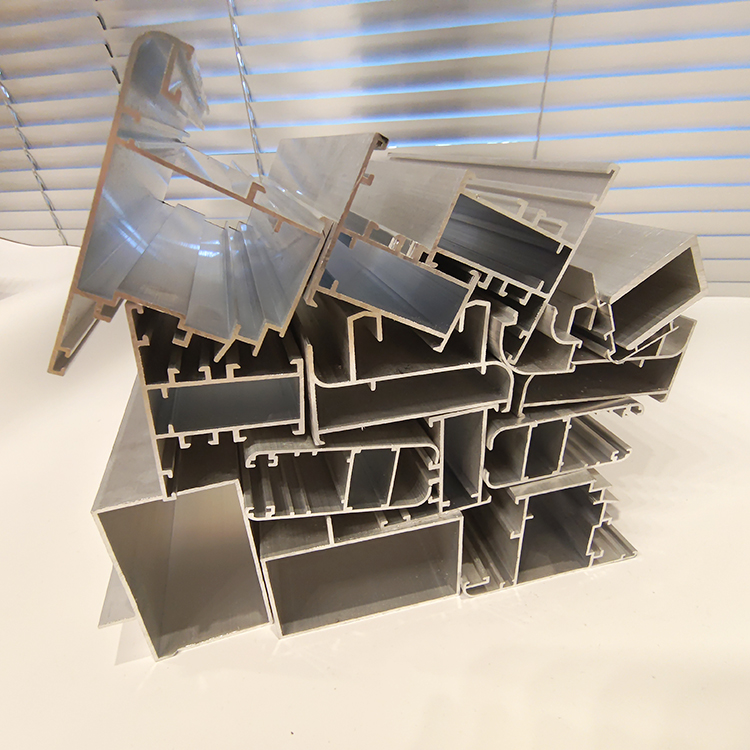Introduction
Aluminum is a versatile material used in various industries, from aerospace to construction. To maximize its potential, proper surface treatment is crucial. In this guide, we delve into three common methods for treating aluminum profiles: anodizing, electrophoretic coating, and powder spraying. Each method has unique challenges and solutions to ensure optimal performance and aesthetics.
Anodizing: Enhancing Industrial Aluminum Profiles
Anodizing is a process that enhances the corrosion resistance and appearance of aluminum profiles. However, several issues can arise during this process:
Inconsistent Color Depth: Insufficient thickness of the anodized film can lead to uneven color.
Yellowing and Uneven Color: Impurities and improper dye selection can cause discoloration and uneven color.
Aging Treatment Parameters: Incorrect temperature and time settings can affect the quality of oxidation coloring.
Adhesion and Corrosion Resistance: Issues with the oxide film can lead to poor adhesion and reduced corrosion resistance.
Other Issues: Problems like burning, blackening, and whitening can occur due to various factors such as electrolyte temperature and washing tank acidity.
Electrophoretic Coating: Optimal Coating for Architectural Aluminum Profiles
Electrophoretic coating is popular for architectural aluminum profiles due to its uniform coverage and durability. Common problems include:
Blistering: Poor anode shielding and air in the system can cause blisters.
Lack of Paint Film: Poor conductivity and complete closure of the anodic oxide film can prevent paint film formation.
Uneven Paint Film Thickness: Various factors like voltage and tank temperature can cause thickness inconsistencies.
Dark and Glossy Paint Film: Insufficient coating thickness can result in an overly glossy and dark appearance.
Film Cracks: Improper washing and baking conditions can lead to cracks in the film.
Powder Spraying: Managing Defects for Improved Surface Finish
Powder spraying offers versatility in surface finishes but also presents challenges such as:
Shrinkage Holes and Pinholes: Impure compressed air can cause these defects.
Surface Issues: Poor-quality raw materials and improper formulations can affect surface hardness, tensile strength, and corrosion resistance.
Solutions: Managing these defects involves meticulous process control, using pure compressed air, high-quality materials, and proper formulations.
Conclusion: Optimizing Aluminum Surface Treatment for Quality and Efficiency
Effective surface treatment management is crucial in the competitive aluminum manufacturing industry. By mastering anodizing, electrophoretic coating, and powder spraying techniques, manufacturers can unlock the full potential of aluminum profiles, achieving superior aesthetics and durability while minimizing production costs.
